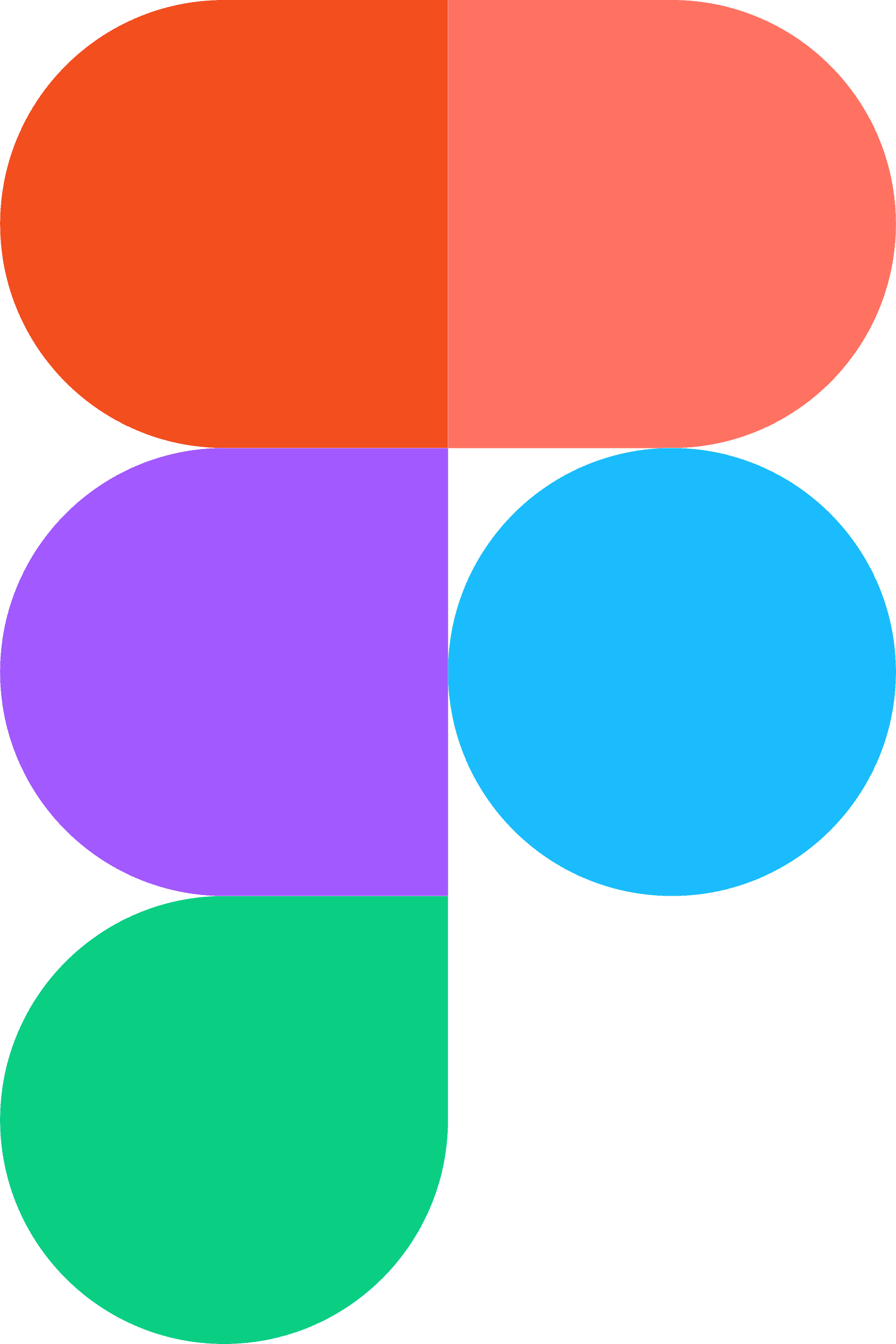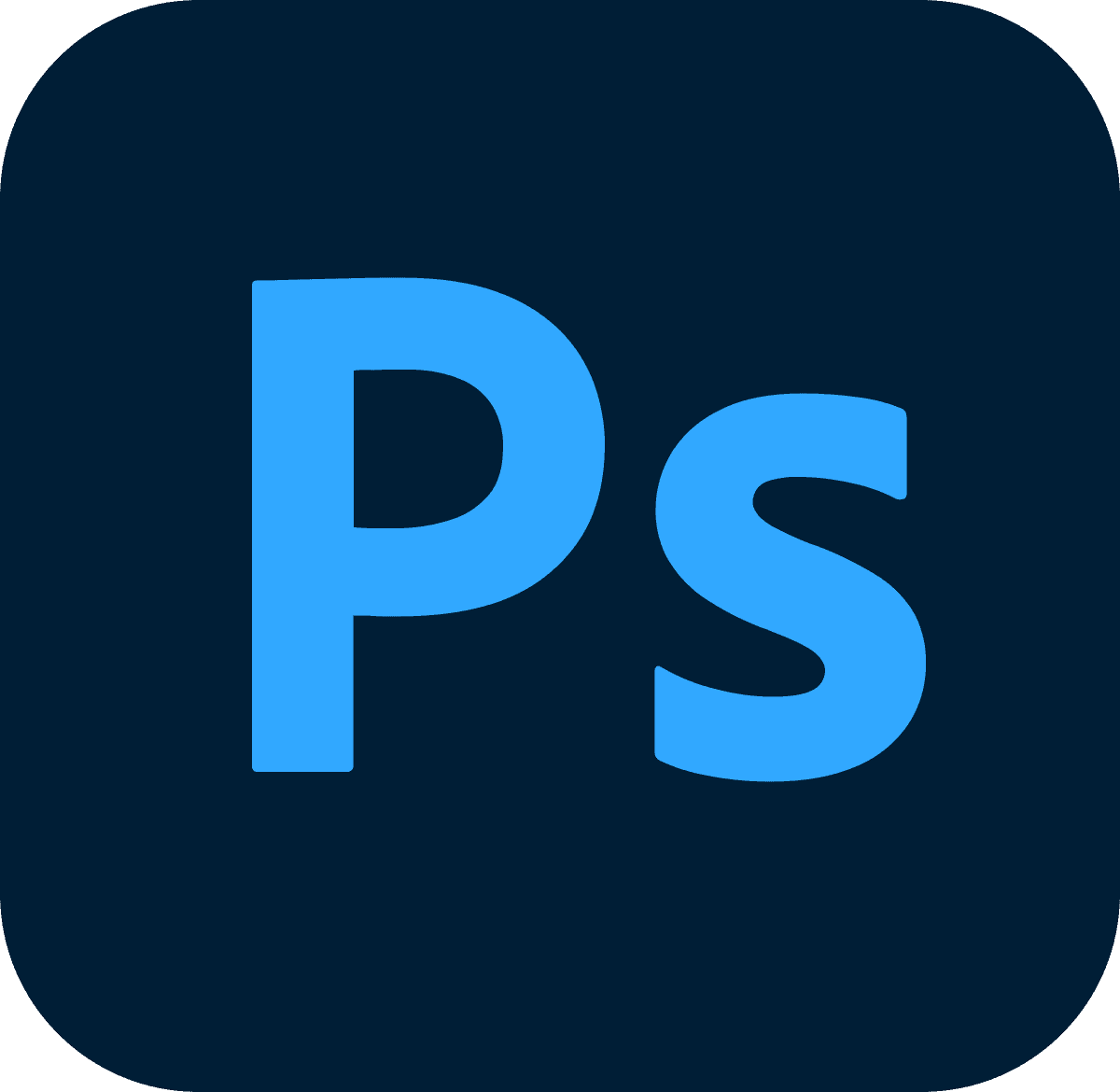Lufthansa - Office Manager
Year
2022
Duration
3 months
Role
Interface design
User Research
Tools Used
Case Study
Project Overview
A collaborative Master's project developed in partnership with Lufthansa Group to design a hybrid workspace management platform. The tool aimed to help employees easily schedule their in-office days, book desks and meeting rooms, and access a unified office calendar, addressing the evolving demands of post-pandemic hybrid work culture.
Challenge
As hybrid working models gained momentum, Lufthansa faced operational challenges in managing office space allocation and scheduling. Existing tools like Microsoft Teams and Outlook lacked dedicated features tailored for hybrid work scenarios, resulting in inefficiencies, duplicated tools, and poor employee experience.
Goals
Develop an intuitive application for desk and room booking
Provide a clear hybrid work scheduling system
Ensure ease of use and seamless integration into existing workflows
Address user needs uncovered through research
Process Overview
User Research & Competitor Analysis
Synthesis & Problem Definition
Ideation & Concept Development
Prototyping (Low- and High-Fidelity)
Usability Testing
Iteration & Client Presentation
Research & Discovery
Competitor Analysis
We evaluated tools like Microsoft Outlook, Teams, and hybrid office booking platforms.
Key Findings
Fragmented experience switching between applications
Lack of integrated desk/room booking systems
Limited visibility into team availability
User Interviews
Each team member conducted two remote interviews with hybrid/remote workers in Germany (ages 24–32).
Key Findings
Appreciation for home office’s convenience but difficulties with work–life boundaries
Desire for simple, central tools to manage hybrid schedules
Need for better social and workplace connection in hybrid setups
Observation and Needs
Observing the needs of the users during the interviews and defining a contradiction to their need. We inquired the users what they think and feel about the home office or hybrid scenario to sketch out the User persona for the respective users. We inquired the users about their opinions what think and what they do during their work office scenario.
Defining the Problem
“How might we help Lufthansa employees efficiently manage hybrid work schedules and office space allocation while maintaining workplace connections and reducing tool fragmentation?”
Ideation & Concept Development
We used brainwriting and collaborative Miro sessions to generate ideas based on research insights and Idea Prioritization. Voted based on user value, technical feasibility, and alignment with business goals
Selected Features
Interactive office map with desk and meeting room booking
Team calendar for visibility into colleagues’ schedules
Layout toggle (List/Grid View) for managing bookings
Focus on essential, no-frills functionalities
Design Process
Sketching & Conceptualization
I produced key interface sketches for the Home Dashboard, Interactive Map, and Booking Overview. My designs were selected as the base for digital prototyping.
Low-Fidelity Prototyping
Using Figma, we translated sketches into a clickable low-fidelity prototype to define structure, navigation, and core features.
Low-Fidelity User testing
4 remote participants via Google Meet
10-minute moderated testing with task-based scenarios
Post-test structured questionnaire
Questions
What do the users think of the application?
Do the features help with their home office/ Hybrid work scenario?
What are their thoughts about having an application like this in their office?
Do they have any questions regarding the application?
Findings
Positives
Clear desk booking and meeting scheduling system
Value in combining multiple tools into one application
Appreciation for minimalistic, task-focused interface
Negatives
Concerns about data security for official information
Advanced search felt redundant as a standalone page
High-Fidelity Design
Incorporating feedback, I led the UI design phase while a teammate handled branding. The final high-fidelity prototype featured:
Clean, intuitive layouts following Lufthansa’s corporate design guidelines
Real-time desk availability with booking confirmation
Prioritized simplicity, accessibility, and ease of adoption
Homepage
We made the homepage easily accessible to the options user need the most.
We displayed the upcoming meetings and appointments in the homepage to let the users be well informed.
Find Desk
Users will be informed with available desks and the people in those respective zones.
Users will be able to filter their table by using multiple options, with regards to floors, teams and dates.
Book Meeting
In this section, users will be able to select the meeting rooms and with respect to teams, date and time.
the users will be able to add other employees to the meeting and will be able to check it directly.
Booking Confirmation
The user will be notified with a confirmation dialog box, which will be added to their calendar too.
The users will be able to notify the participants too at the instance, with less travel across the platform.
Notification
The users can check their notifications for upcoming meetings scheduled by others and will be able to confirm from any window they are in.
Business Model & Presentation
After completing the design process, we started creating a Business model based on “Lean canvas method” to provide a simpler and straightforward way of evaluating the business.
Problem
Switch between multiple applications
Arrange meeting online
Time scheduling of colleagues
Existing Alternatives
Using multiple other variety of applications
Video call or messenger
Solution
Filter options for teammate’s schedule
sending out notifications for offline meeting
Arranging the meeting using the platform
Key metrics
Number of custom solutions and features
Customer and user satisfaction
Having more home office days after pandemic
Unique value proposition
Easy to schedule meetings and reserving desks
All in one solution for a company
See the availability and location of employee
Unfair Advantage
Reserving desks is not supported in other solutions currently used in companies
Developing the platform and adding features to make it a complete solution
Channels
B2B and Content marketing
LinkedIn, Xing, YouTube
Subscription mails and Google Ads
Early Adopters
Who wants to have a localization
Bored of working from home
Want to work in an hybrid situation with ease
Cost Structure
Software development and maintenance
Server and database
Marketing and customer service
Legal expertise, Tax consultant and accounting staff
Revenue streams
Selling the products to other companies
Contractual service
Additional and custom made features
Licensing fee
Outcome & Client Feedback
Our prototype and business model were presented to the Lufthansa Group team.
Client Response
Strong approval for the platform’s practicality and relevance
Positive remarks on its simplicity and integrated scheduling approach
Interest in combining our application with elements from another project to develop a comprehensive hybrid work management system
Key Learnings & Next Steps
Key Takeaways
Practical experience in client collaboration and live feedback sessions
Gained expertise in remote UX research, ideation workshops, and iterative design
Valuable lessons in balancing user needs with business constraints
Future Scope
Strengthen data security protocols
Introduce team collaboration features (internal notes, shift scheduling)
Expand user testing for continuous product refinement
Final Thoughts
This project demonstrated the value of human-centered design for operational tools in large enterprises. By focusing on genuine user pain points and collaborative ideation, we delivered a concept with the potential to streamline hybrid workplace management within a corporate environment.


















